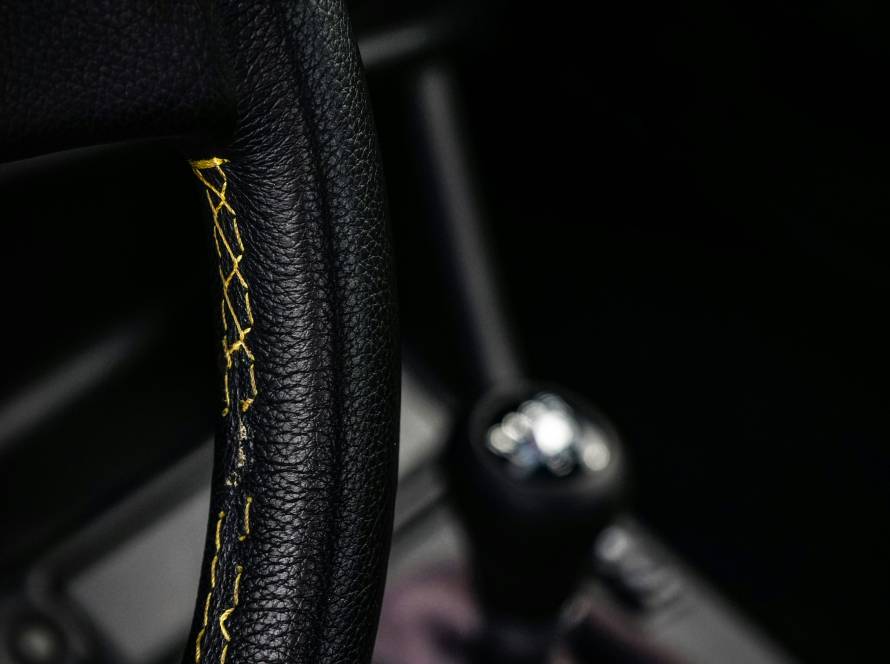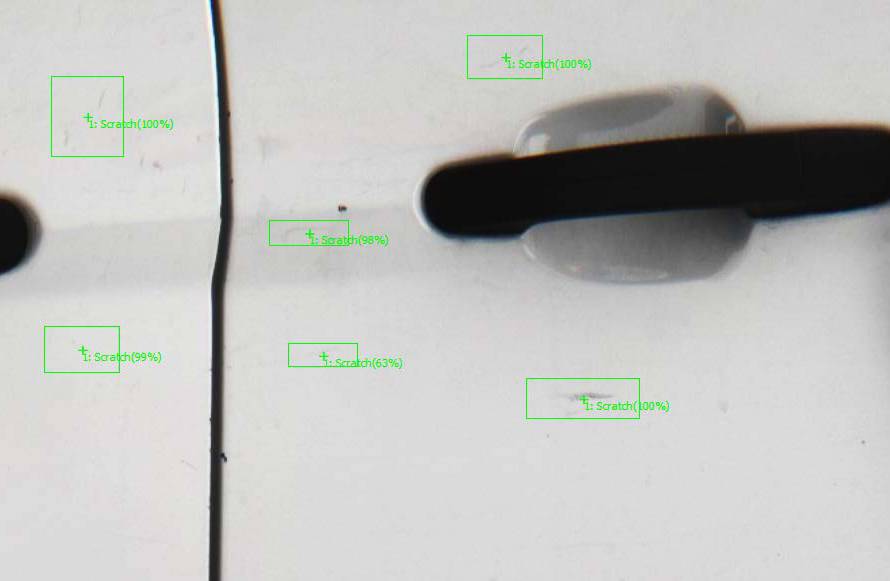Technological Innovation as a Comprehensive Solution
In the automotive industry, paint quality is a crucial factor in customer perception and vehicle durability. Paint defects that arise during production processes not only affect aesthetics but can also lead to significant additional costs and, more worryingly, a decrease in customer satisfaction. This article examines the most common types of paint defects, their impact on the industry, and how the InLine Paint Defect Detector Pro Max is revolutionizing the detection and correction of these defects, offering a robust solution backed by advanced technology.
Common Types of Paint Defects
In automotive production processes, the most common paint defects include:
- Application Defects: Issues such as insufficient coverage, dripping, and bubbling in the paint. These defects typically result from improper application or adverse environmental conditions during the painting process.
- Adhesion Problems: When paint does not adhere properly to the vehicle’s surface, it can lead to peeling or flaking, usually due to inadequate surface preparation or contaminants on the surface.
- Color Defects: Inconsistencies in color, often caused by variations in paint mixing or application processes. These defects are critical for customer perception, as color variation is easily noticeable and can negatively impact customer satisfaction.
- Contamination: The presence of foreign particles, such as dust or dirt, embedded in the paint, resulting in visible imperfections. This can occur if the work environment is not properly cleaned or if the ventilation system is inefficient.
Impact of Paint Defects on the Automotive Industry
Paint defects in vehicles are not uncommon. In fact, recent studies suggest that the rate of paint defects in automotive production can vary between 5% and 15% of vehicles manufactured, depending on the technology used and the quality control practices implemented. These defects represent not only a technical challenge but also a significant economic impact. The costs associated with repairing paint defects can reach up to $1,000 per vehicle, including both materials and the labor time required to make the corrections.
Moreover, paint defects have a direct impact on customer satisfaction. One study revealed that up to 30% of customers who experience paint issues with their vehicles report dissatisfaction, which can lead to a decrease in brand loyalty and, consequently, a drop in future sales.
InLine Paint Defect Detector Pro Max: Innovation in the Service of Quality
To mitigate these challenges, we help automakers to adopting advanced defect detection technologies, with the InLine Paint Defect Detector Pro Max standing out as one of the most effective and reliable solutions on the market. This automated system offers several key advantages over traditional inspection methods, including human visual inspection and robotic systems, which are less accurate and require production line stoppages to perform inspections.
Unprecedented Precision and Efficiency
The InLine Paint Defect Detector Pro Max utilizes a combination of advanced technologies, including:
- High-definition vision systems/cameras to capture detailed images of the vehicle’s surface.
- Artificial and computer vision, which analyzes images in real-time to detect even the smallest defects, with a minimum detection size of 0.05 mm.
- High-precision LED lighting (5.0 LED Lighting System) that highlights defects by reflecting light onto the bodywork.
- Advanced algorithms and artificial intelligence that enable precise and efficient defect classification, analysis, and reporting.
These technologies integrate to allow a full inspection of each vehicle in just 90 seconds, with a speed of up to 14 meters per minute, all without stopping the production line or touching the vehicle. This represents a significant improvement compared to other systems on the market, which are slower and less accurate.
Reduction of Defects and Costs
The InLine Paint Defect Detector Pro Max not only improves defect detection accuracy but also drastically reduces the incidence of false positives, minimizing the time and costs associated with unnecessary corrections. Additionally, by inspecting 100% of the production line, the system ensures that no vehicle with paint defects goes unnoticed, thereby improving overall product quality and customer satisfaction.
Adaptability and Custom Extensions
This system is also highly adaptable, allowing manufacturers to configure detection for any paint color automatically. It also offers extensions such as the Tailgate Scanner, which performs an additional inspection of the vehicle’s tailgate before it enters the main tunnel, and the 3D Auto Repair Guide, which provides precise guidance for repairs based on the generated reports.
The statistics, figures, and data presented in this article are based on studies by the Departamento Administrativo Nacional de Estadística (https://www.ncbi.nlm.nih.gov/pmc/articles/PMC7357388/) and Modern Machine Shop (https://www.mms-mexico.com/articulos/industria-automotriz-en-mexico-balance-2022-y-proyecciones-2023). These sources reveal that the rate of paint defects in automotive production can vary between 5% and 15% of vehicles, depending on technology and quality control practices. Furthermore, up to 30% of customers experiencing paint defects report dissatisfaction, impacting brand loyalty and future sales.





